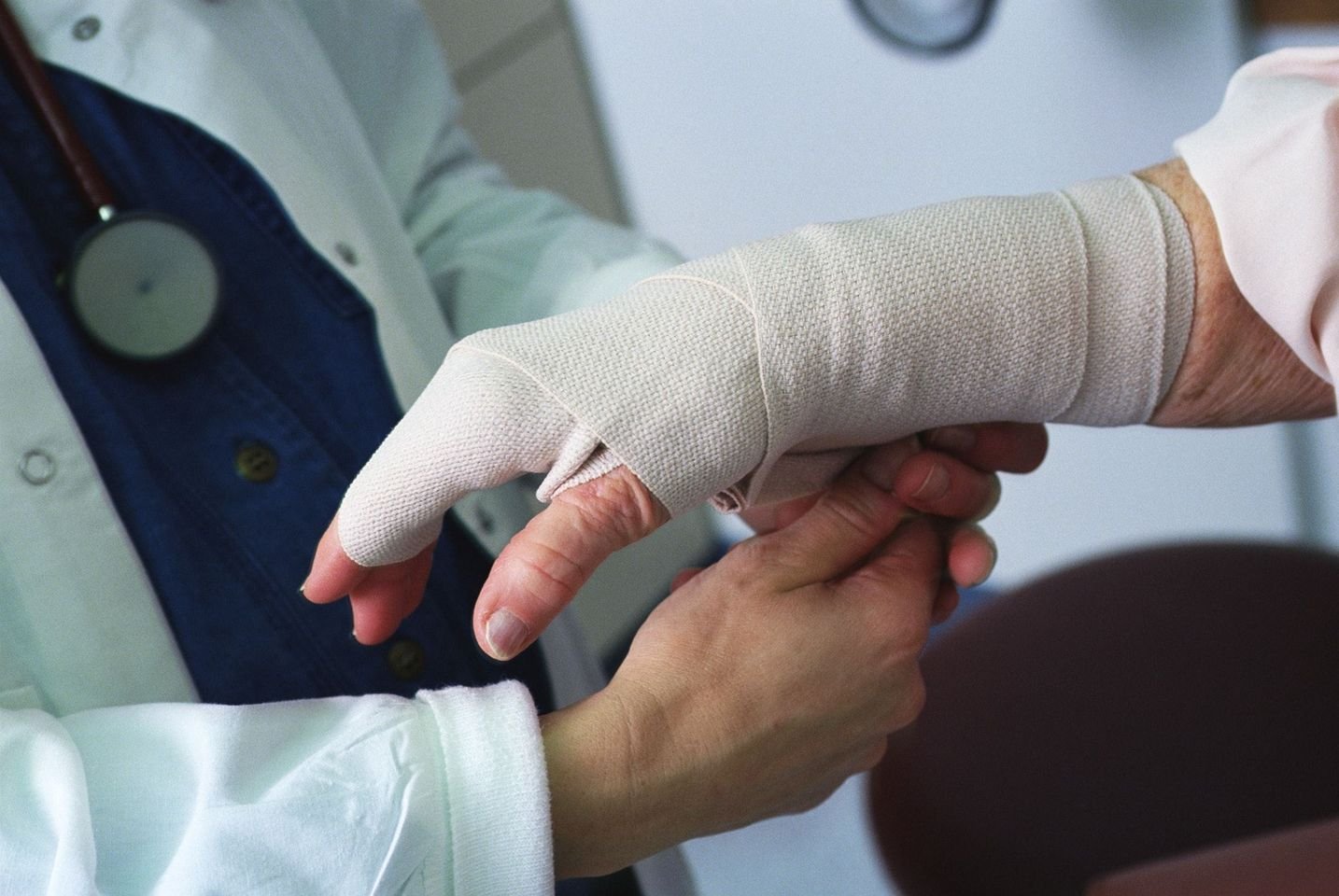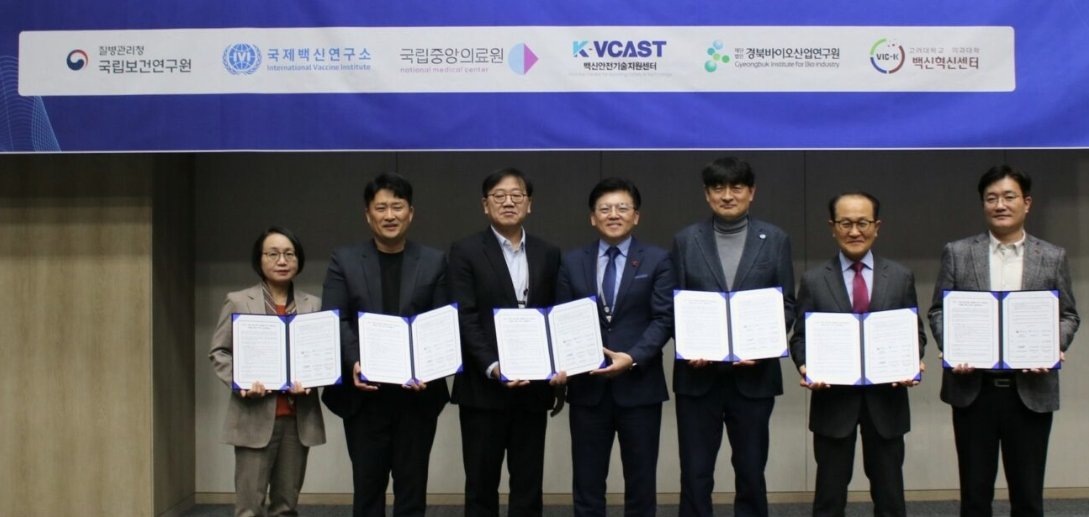
Photo Credit: Tan Tock Seng Hospital (TTSH), Singaproe
Chronic wounds among patients with diabetic foot ulcers and bedsores leeds to longer hospital stays. This increases the economic burden on healthcare resources, with significant reductions in quality of life for affected patients.
On April 14, 2021, Singapore's Tan Tock Seng Hospital (TTSH) Centre For Asian Nursing Studies (CANS) and the Skin Research Institute of Singapore (SRIS) inked a Memorandum of Understanding (MOU), a tripartite hosted by the Agency for Science, Technology and Research (A*STAR) aiming further research collaboration between the parties for new models of care for seniors, and in particular, improved wound care outcomes. These new models of care will improve the quality of life for patients with chronic wounds.
The partnership will enable continued collaboration in the areas of; Better understanding of pressing needs in chronic wound care. This will facilitate the conception of new models of care that follows an elderly patient from an acute hospital care setting to a community or home setting. This also can drive innovation for products that can aid wound healing (example: locally developed disposable pressure compression bandages for patients with Venous Leg Ulcers) and can boost training opportunities for local nurses.
Furthur, TTSH specialist wound care nurses and key representatives from the Skin Research Institute of Singapore (SRIS) shared more about the significance of this MOU with Biospectrum Asia.
At present, and also as reflected in the research paper, most of the follow-up care for chronic wounds takes place at acute hospitals or specialist outpatient clinics.
Through this MOU and with more innovation, research and training to ensure more nurses are trained to care for elderly patients with chronic wounds, this could allow for early and timely intervention without requiring the patient to return to the hospital for treatment for chronic wounds such as bed sores and venous leg ulcers.
There is potential to fast-track care and reduce waiting time, from about four weeks to two weeks, for patients seeking care for their chronic wounds if more nurses in the community are trained to manage wounds in the future.
With this collaboration, we hope to work on next-generation wound dressing and diagnostics to fight wound infections and improve patient wound healing outcomes. One example of ongoing collaboration is the invention of ‘micro-bubble wrap’ pressure sensor developed locally (by SRIS and A*STAR’s Institute of Materials Research and Engineering (IMRE), as well as TTSH) for purpose of wound care and training tool for nurses, which can be used to aid nurses in applying the right pressure for compression therapy that is needed for patients with venous leg ulcers.
It could also potentially reduce the burden of specialist nurses caring for patients with chronic wounds, as this Pressure Sensor Tool can help to widen the pool of nurses with the required skills to handle chronic wounds. At present, and also as reflected in the research paper, most of the follow-up care for VLUs takes place at the specialist outpatient and primary care setting.
Chronic Wounds pose a significant burden to healthcare systems, accounting for up to 10% of healthcare expenditure in developed nations. Chronic wounds can have a huge negative impact a person’s mobility, well-being and quality of life. Chronic wounds primarily affect the elderly and with a rapidly ageing population like Singapore, China, Japan and South Korea, it is anticipated that the numbers of individuals afflicted with chronic wounds will only further increase.
The research study by SRIS’ Wound Care Innovation for the Tropics (WCIT) programme and TTSH (see factsheet for more details) highlighted that chronic wounds among patients with diabetic foot ulcers and bedsores led to longer hospital stays. The paper gathered data on chronic wounds among elderly patients at Tan Tock Seng Hospital (TTSH) via an e-Wounds system. On a whole, the average length of stay for each wound episode was 17.7 days, which is 2.4 times that of the average length of stay within TTSH. This increases the economic burden on healthcare resources, with a significant reduction in quality of life for affected patients. As such, there is an urgent need to innovate and address the issue now. One area of our common interest is education and training to improve nursing competencies to prevent and manage chronic wounds according to international best practices.
Spokespersons:
Goh Cheng Cheng Karine, Nurse Clinician (Specialist Wound Care Nurse), Tan Tock Seng Hospital
Dr Ng Yizhen, Programme Manager, WCIT, Skin Research Institute of Singapore (SRIS)




